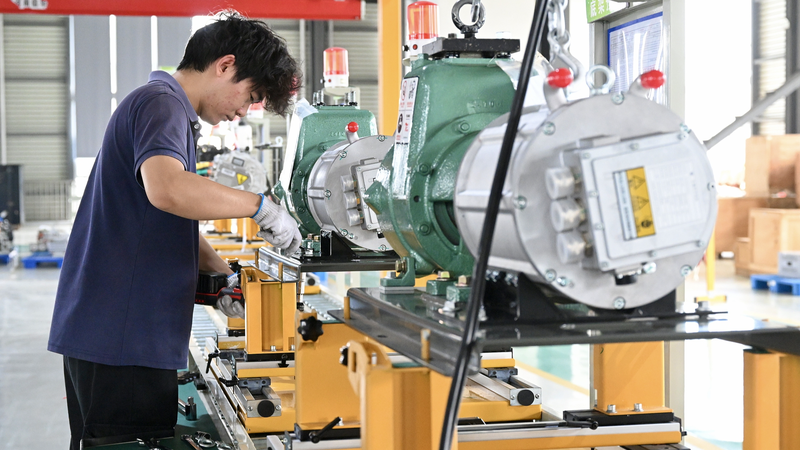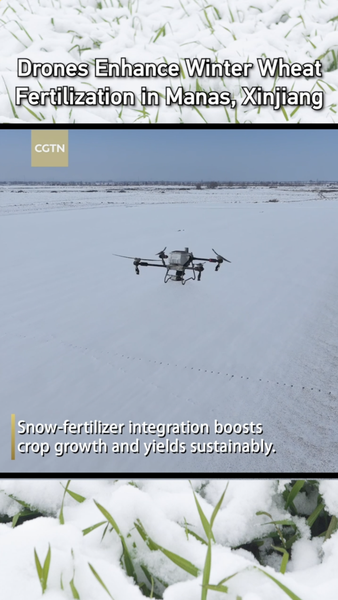The debate around overcapacity and 'involution' in the economy of the Chinese mainland has reignited calls for a sharp shift from investment-led growth to consumer-first strategies. However, this narrative oversimplifies the reality: while certain sectors have ramped up capacity faster than demand, the broader picture paints a different story.
In many industries, capacity expansion reflects strategic bets on future markets and evolving policy goals, rather than a systemic glut. Aggregate demand in the Chinese mainland continues to rise in real terms, fuelled by public expenditure, ongoing infrastructure development and steady income gains among households.
Instead of retreating from investment, policymakers and business leaders need a nuanced approach that recognizes how modern economies adjust to changing demand patterns. Smart fiscal measures can help rebalance supply and demand, smoothing out temporary mismatches without sacrificing the long-term benefits of sustained capital formation.
At the same time, per capita income in the Chinese mainland remains below levels seen in developed economies. This gap underscores the importance of maintaining an investment imperative—building the roads, schools and tech hubs that will support higher living standards and new economic opportunities.
Ultimately, the transition ahead is not a binary choice between investment and consumption. By deploying targeted policies that enhance productivity, encourage private spending and guide capacity expansions, the Chinese mainland can continue its transformation—turning overcapacity fears into an engine for balanced, resilient growth.
Reference(s):
cgtn.com




